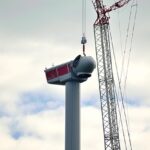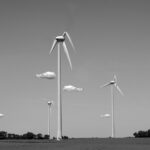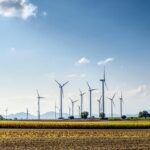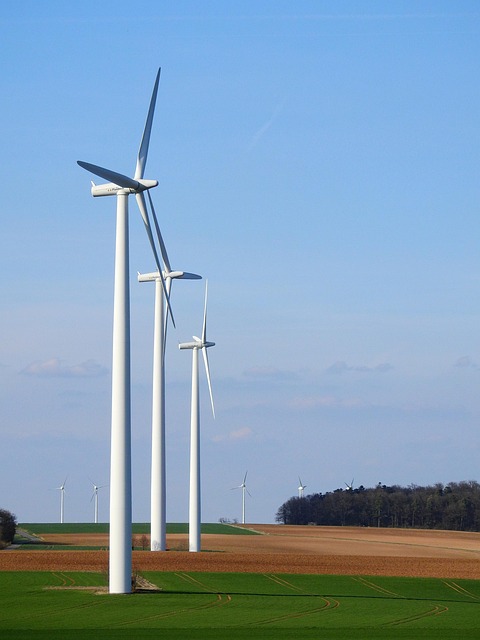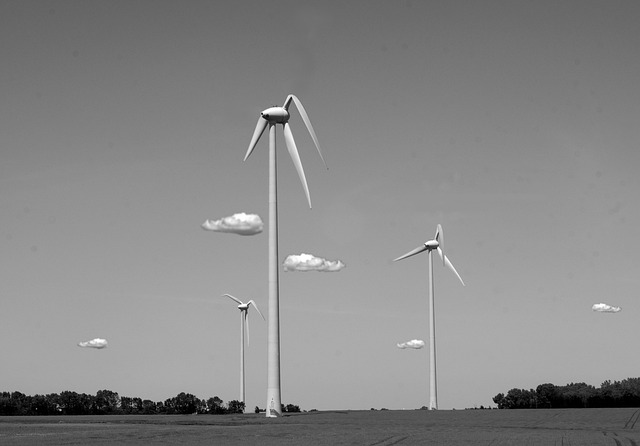Wind Power Myths Debunked: Separating Fact from Fiction
As our society continues to evolve and search for sustainable energy solutions, the discourse around wind power has become increasingly prominent. Despite its proven benefits and ongoing advancements, wind energy is often surrounded by myths and misconceptions that can cloud its potential. In this article, we aim to debunk these myths, providing clarity and understanding about wind power.
The Rise of Wind Power
Wind power has emerged as one of the fastest-growing renewable energy sources globally. Utilizing the kinetic energy of wind to generate electricity, wind turbines convert this natural resource into a clean energy alternative. Governments, businesses, and individuals are recognizing the potential of wind energy as a viable option for reducing carbon emissions, combating climate change, and achieving energy independence.
Common Myths Surrounding Wind Power
Myth 1: Wind Power is Inefficient
One of the most prevalent myths regarding wind power is its perceived inefficiency. Critics often argue that wind turbines cannot produce enough energy to meet demand. However, modern wind turbines are capable of operating at an efficiency rate of nearly 50% or higher under optimal conditions. Technological advancements have led to larger rotor diameters and more powerful generators, enabling them to capture more wind energy even at lower speeds. In many regions, wind power has already proven to be a cost-effective source of electricity, often competing favorably with fossil fuels.
Myth 2: Wind Turbines are Harmful to Wildlife
Concerns about wind turbines harming wildlife, particularly birds and bats, have contributed to negative perceptions of wind energy. While it is true that wind turbines can pose risks to some species, studies indicate that they are responsible for a fraction of bird and bat fatalities compared to other human-related causes, such as habitat destruction, vehicle collisions, and pollution. Additionally, the wind energy industry is continually developing strategies to mitigate these impacts, including better turbine placement and technology designed to detect and deter wildlife.
Myth 3: Wind Energy is Unreliable
Another common myth is the notion that wind energy is inherently unreliable due to its dependence on weather conditions. It is essential to understand that while wind availability does fluctuate, advancements in forecasting technologies have significantly improved the ability to predict wind patterns. Furthermore, wind energy can be combined with other renewable sources, like solar or hydro, along with battery and grid technologies to create a more resilient and reliable energy supply. Many countries that have adopted wind energy extensively have demonstrated that it can form a stable part of their energy mix.
Myth 4: Wind Power Requires Too Much Land
The idea that wind farms require excessive amounts of land is another misconception. While it is true that wind farms need more space compared to traditional power plants, the land can still be used for other purposes. Agriculture and grazing can coexist alongside wind turbines, allowing farmers and ranchers to maintain their livelihoods while also benefitting from the additional income generated by leasing land for wind projects. Moreover, the environmental footprint of wind farms is significantly lower than fossil fuel extraction processes.
Myth 5: Wind Turbines are Hazardous to Human Health
Claims about wind turbines causing negative health effects for nearby residents have been widely circulated. However, extensive research conducted by health organizations has concluded that there is no direct link between wind turbines and health problems. While some individuals might experience discomfort due to noise or flickering shadows, these issues are generally minor and can be mitigated through proper siting and design of wind projects. The majority of residents living near wind farms report high levels of satisfaction with their presence, especially considering the environmental benefits they provide.
Myth 6: Wind Power Cannot Compete Financially
In the past, wind energy was considered too expensive compared to fossil fuels. However, in recent years, costs associated with wind power generation have plummeted, making it one of the most cost-competitive energy sources available today. Advances in technology, along with economies of scale and increased competition in the energy market, have driven down installation and operational costs. In many regions, wind energy is now cheaper than coal and natural gas, leading to a surge in both private and public investment in wind power projects.
The Advantages of Wind Power
With the myths surrounding wind power debunked, it is essential to acknowledge its numerous advantages:
- Environmental Benefits: Wind energy is a clean, renewable resource that produces no greenhouse gas emissions during operation, contributing significantly to the reduction of climate change impacts.
- Energy Independence: Harnessing domestic wind resources reduces dependence on imported fuels, enhancing national energy security.
- Job Creation: The wind industry has created hundreds of thousands of jobs in manufacturing, installation, and maintenance, offering a path to a prosperous green economy.
- Technological Innovation: The sector continues to drive innovations in energy storage, grid management, and turbine efficiency, providing opportunities for further advancements in sustainable energy technologies.
Conclusion
Wind power is a critical component of the transition towards a sustainable and resilient energy future. By debunking the prevalent myths surrounding this renewable resource, we can foster a better understanding and appreciation for its potential. As the energy landscape continues to evolve, public support for wind power will be crucial in overcoming misconceptions and paving the way for a more sustainable, cleaner, and brighter future.
Ultimately, embracing wind energy means championing a resource that not only helps to address our current energy challenges but also preserves the planet for future generations. As we move forward, informed discussions and awareness will play a vital role in advancing the renewable energy agenda.

